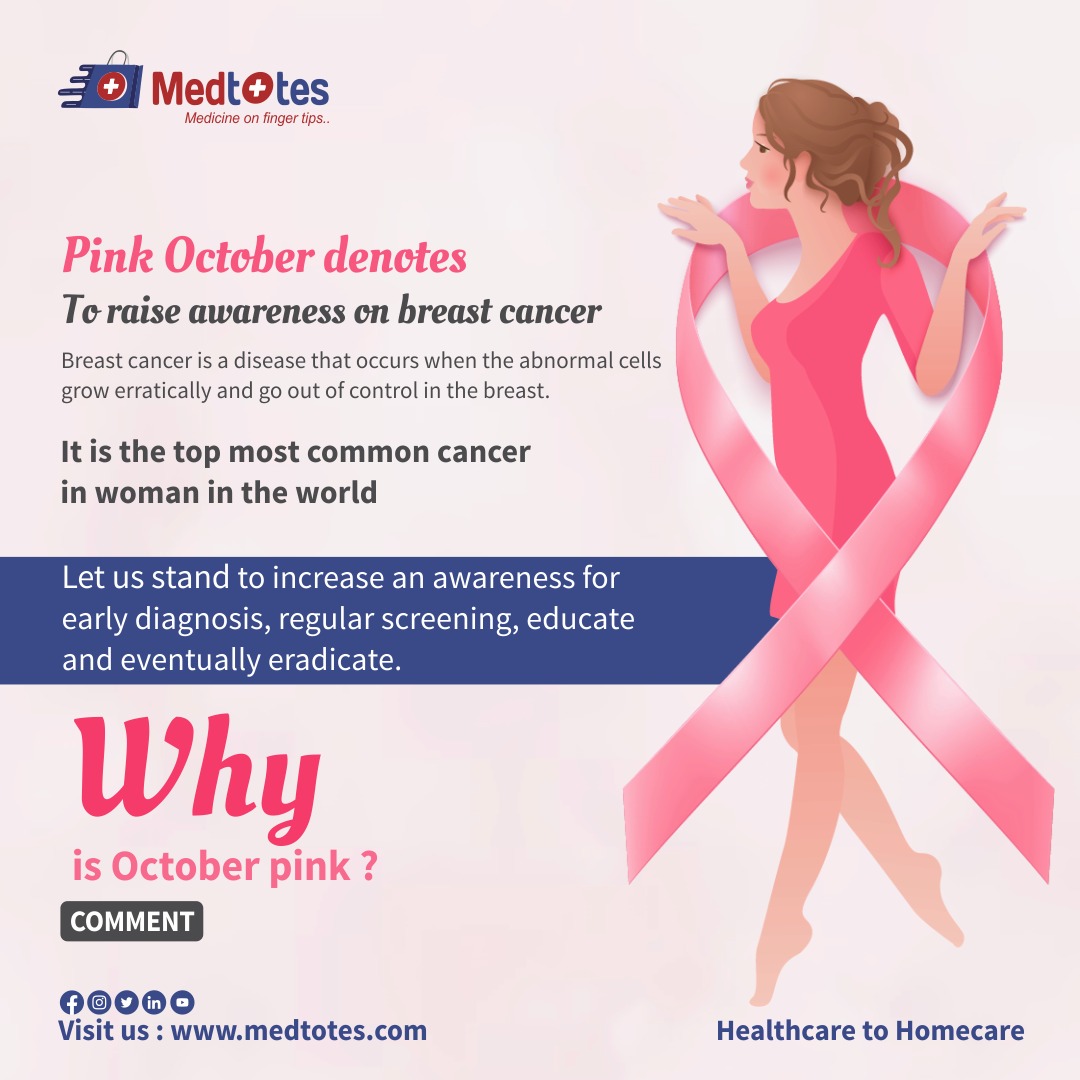I. INTRODUCTION OF BREAST CANCER
Breast cancer is a deadly disorder that affects millions of individuals globally. Educating individuals about early detection, prevention, and treatment options is essential. Breast cancer is one of the most common forms of cancer among women. With a focus on the increasing rate of breast cancer diagnoses, we can empower individuals to take control of their health and foster an environment that highlights breast cancer awareness and prevention.
II. WHAT IS BREAST CANCER?
Breast cancer is a form of cancer that develops in breast tissue due to the uncontrolled expansion and division of cells. If not diagnosed and treated early, it can spread to other parts of the body. Regular screenings and mammograms are crucial for early detection and treatment. The pink ribbon, a symbol of Breast Cancer Awareness Month, was established by the Susan G. Komen Foundation in the early 1990s. It symbolizes solidarity and support for women, emphasizing the importance of prioritizing women’s health in the fight against breast cancer.
III. SIGNS AND SYMPTOMS
- Sign of a lump or thickening in the breast or underarm area
- Changes in the size, shape, or appearance of the breast
- Dimpling or puckering of the skin on the breast
- Nipple discharge or inversion
- Redness or scaling of the nipple or breast skin
- Swelling or lumps in the lymph nodes under the arm
- Constant pain or tenderness in the breast
- Changes in the texture or colour of the breast skin
- Unexplained weight loss or loss of appetite
- Fatigue or unexplained exhaustion
IV. BREAST CANCER AWARENESS MONTH
Breast Cancer Awareness Month, which takes place in October, holds great significance in raising awareness about the disease and promoting early detection. During this month, various organizations and individuals come together to educate the public about breast cancer, its risk factors, symptoms, and the importance of regular screenings. It serves as a platform to share stories of survivors, honor those who have lost their battle, and highlight the progress made in research and treatment options. The month-long campaign aims to empower women to take charge of their breast health, encouraging them to perform self-examinations, schedule mammograms, and seek medical attention.
V. PREVENTION AND PRECAUTIONS
- Some common risk factors include age, family history, genetic mutations, hormonal factors, and lifestyle choices.
- Regular exercise, a balanced diet, and limiting alcohol consumption can significantly reduce the risk of breast cancer.
- Women should be aware of any changes in their breasts, including lumps, pain, or nipple discharge, and seek immediate medical attention if any unusual symptoms arise.
- Regular breast screenings, including mammograms and clinical exams, are vital for early detection and improved treatment outcomes.
VI. CONCLUSION
In conclusion, women may effectively lower their chance of developing breast cancer by taking preventive steps and being cautious about their breast health. It is also important for women to learn about their family history of breast cancer and discuss it with their doctor’s, since genetics might impact an individual’s risk.

